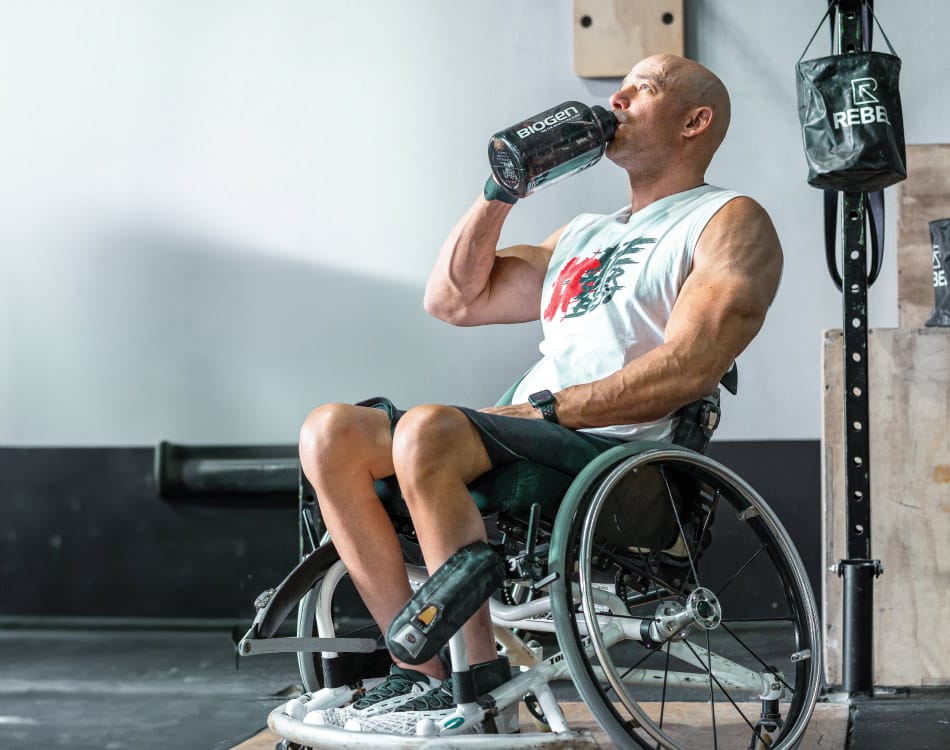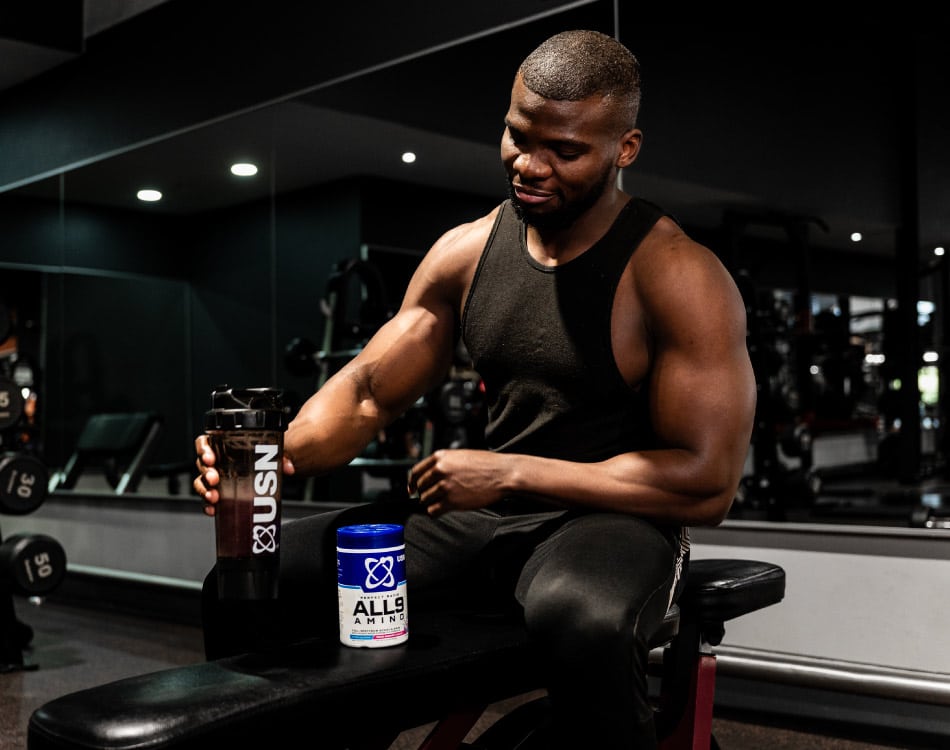A one-rep max (1RM) is ultimate measure of strength. As the name implies, it’s the maximum weight a person can lift for one repetition.
A 1RM is usually determined using compound exercises that target larger muscle groups, such as the squat, bench press or deadlift.
Calculating your 1RM is a great way to measure progress in strength development and to ensure that performance gains continue on an upward trajectory.
READ MORE | Should You Slow Down Reps To Speed Up Muscle Gains?
The 1RM guidelines
When attempting a 1RM test, closely adhere to these guidelines to reduce injury risk and get the most from your test:
- Ensure that you warm up thoroughly before attempting your 1RM. Do 3-4 sets of the same lift with lighter weights and higher repetitions.
- Pre-load the muscle group you plan to test during your 1RM attempt. The first set should be performed at 30-40% of your maximum to increase your ability to lift heavier.
- Include a good pre-workout. Stimulant-based pre-workouts that contain caffeine have been found to enhance focus, energy and strength. Creatine also increases ATP stores in the muscle, providing more energy and is greatly beneficial when performing heavy lifts.
- Call a friend. Find yourself a good spotter to ensure that you can safely push past your limits to lift the heaviest weight possible.
READ MORE | The Rep Revealed
Building a bigger 1RM
Regularly attempting a 1RM is not advisable as this may increase your injury risk. There are, however, other methods to continuously improve your one rep max while promoting gains in strength and muscle mass.
The main elements in this regard include regular training sessions aimed at building power and strength, which would usually incorporate training plans that include lower reps and multiple sets at a challenging weight.
Nutritional support to aid muscle growth, recovery and greater power and energy production is also essential.













